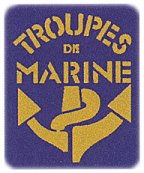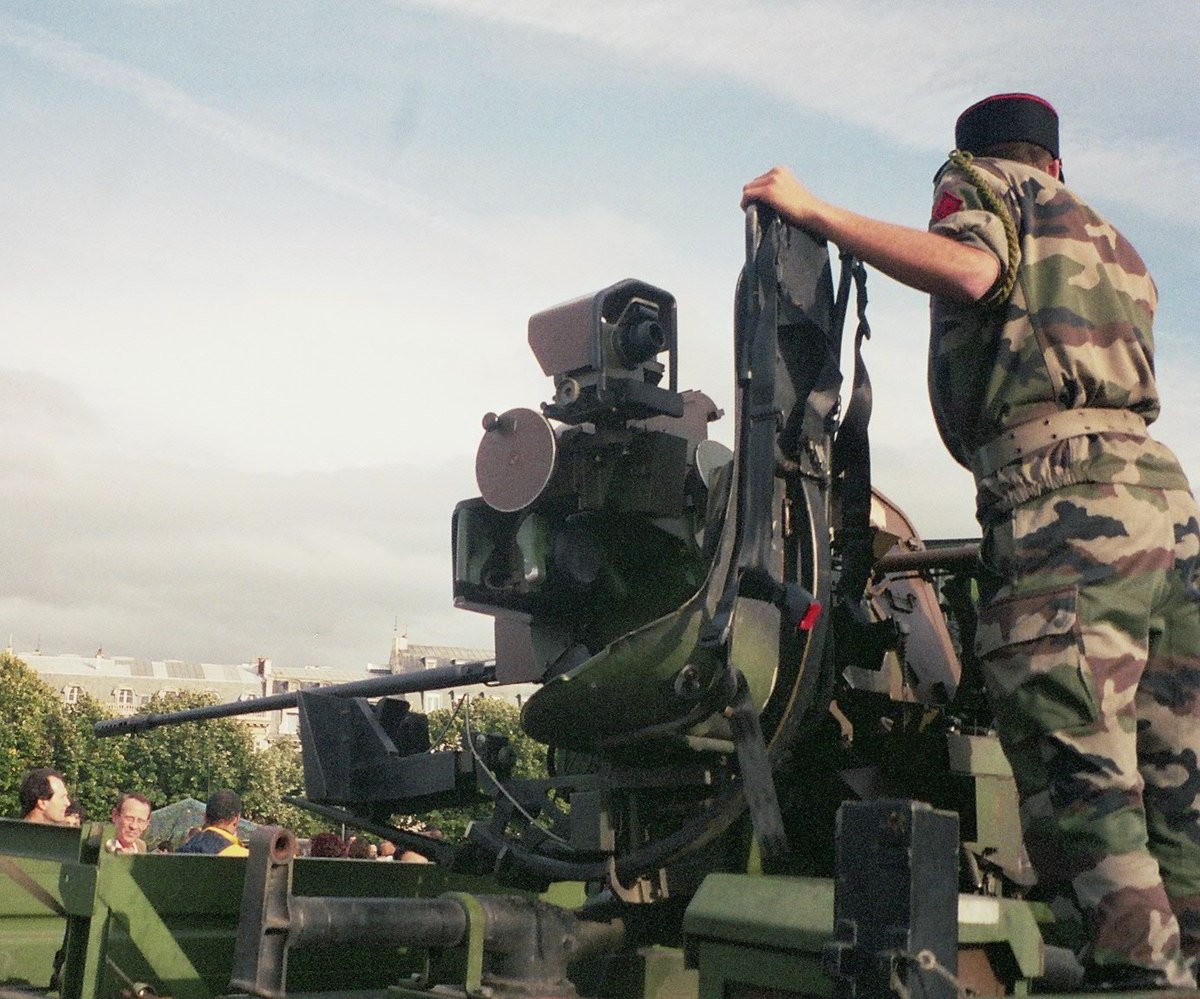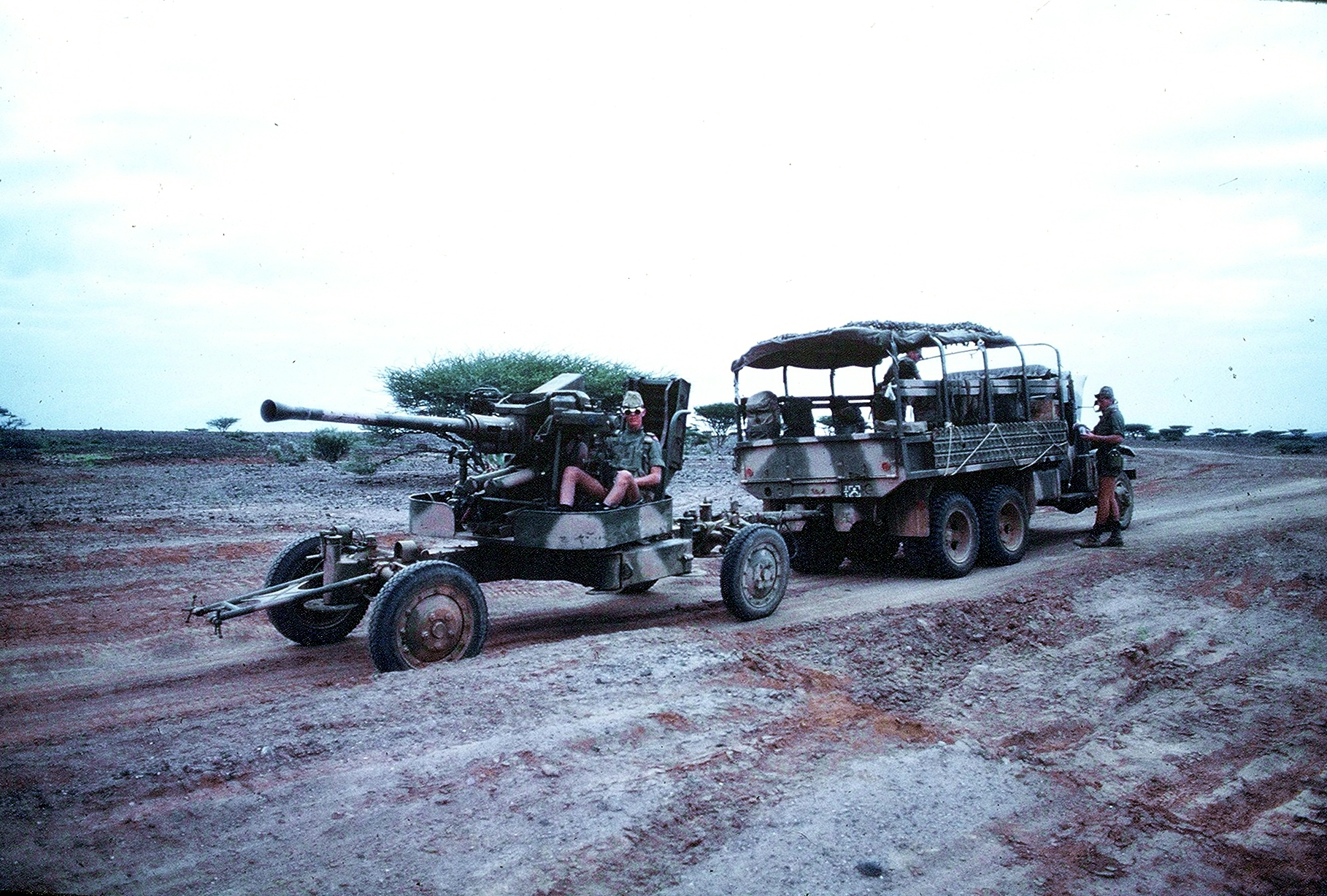A question- what's the population of French Malouines? Because if something like British Falklands (about 3000 people) then I think that 100 gendarmes to police the sheep farmers and fishermen is way too much. 10 or 20 is more likely. Also, instead of having French Naval Fusiliers (they mostly serve as naval base protection force), the more likely is to have either Legionnaires (not so likely, not important enough to send them there) or Troupes de Marine (French Army Marines/former colonial troops).

en.wikipedia.org
Population is a little more so around 5-7000. The island has been inhabited by French citizens ever since it was colonized. As for the military personnel, like I said before, I am using
@Palantir 's advice.
Whether the Iles Malouines and its dependencies would have been an overseas département or an overseas territory was discussed in the Secret Projects thread. FWIW the OTL the Colony of the Falkland Islands wasn't self-governing and its population in 1982 was 1,800 not about 3,000 (source the Encyclopaedia Britannica Book of the Year 1982). A population of 5,000 to 7,000 is about twice what
@Mister Mister wrote and three-to-four times the colony's actual population in 1982.
However, IOTL the overseas département with the smallest population in 1982 was Saint Pierre and Miquelon (1982 estimate 6,300 according to the Encyclopaedia Britannica Book of the Year 1982) so if Les Iles Malouines did have a population of 5,000 to 7,000 ITTL it would probably have been an overseas département rather than an overseas territory.
The OTL Falkland Islands have a volunteer reserve defence force called the Falkland Islands Defence Force (FIDF) which was equivalent to the Territorial Army and according to its Wikipedia article.
On 1 April 1982, alongside the Royal Marines party, the FIDF was mobilised to defend the Islands from the
Argentine invasion. Many of its members lived in remote settlements so given the limited notice of its approximately 120 men some 32 turned out.
My guess is that it would have had about 350 to 500 men if the Malouines had a population of 5,000 to 7,000.
However, as France had conscription in 1982 (the UK didn't) and because the Malouines were probably an overseas département the male islanders would have had to do French military service. Therefore, its likely that a large proportion of the male population would have served in the French armed forces (mainly the army) and some of them would have been in the reserves in April 1982.
According to
"The World's Armies" edited by Chris Chant and published in 1979 the overseas deployments of the French Army were as follows:
Germany: 34,000; 2 mechanised divisions.
Berlin: 2,000; 1 light armoured regiment, 1 mechanised infantry regiment.
Djibouti: 4,000; 2 infantry regiments, 1 artillery regiment, 2 squadrons light tanks.
Senegal: 1,000 (all services).
Ivory Coast: 400.
Gabon: 450.
Lebanon (UNIFIL): 1,244; 1 battalion and logistical units.
Chad: 1,500.
Overseas Commands: There are four overseas commands (Antilles-Guyana, South Indian Ocean, New Caledonia, Polynesia), and two naval commands (ALINDIEN, ALPACI). Some 19,000 from all services are deployed overseas (numbers can vary according to local circumstances); equipment includes: 130 AFV, 36 helicopters, 9 frigates, 2 FPB, 1 tender ship, 2 light transport ships, 12 combat and 15 transport aircraft.




